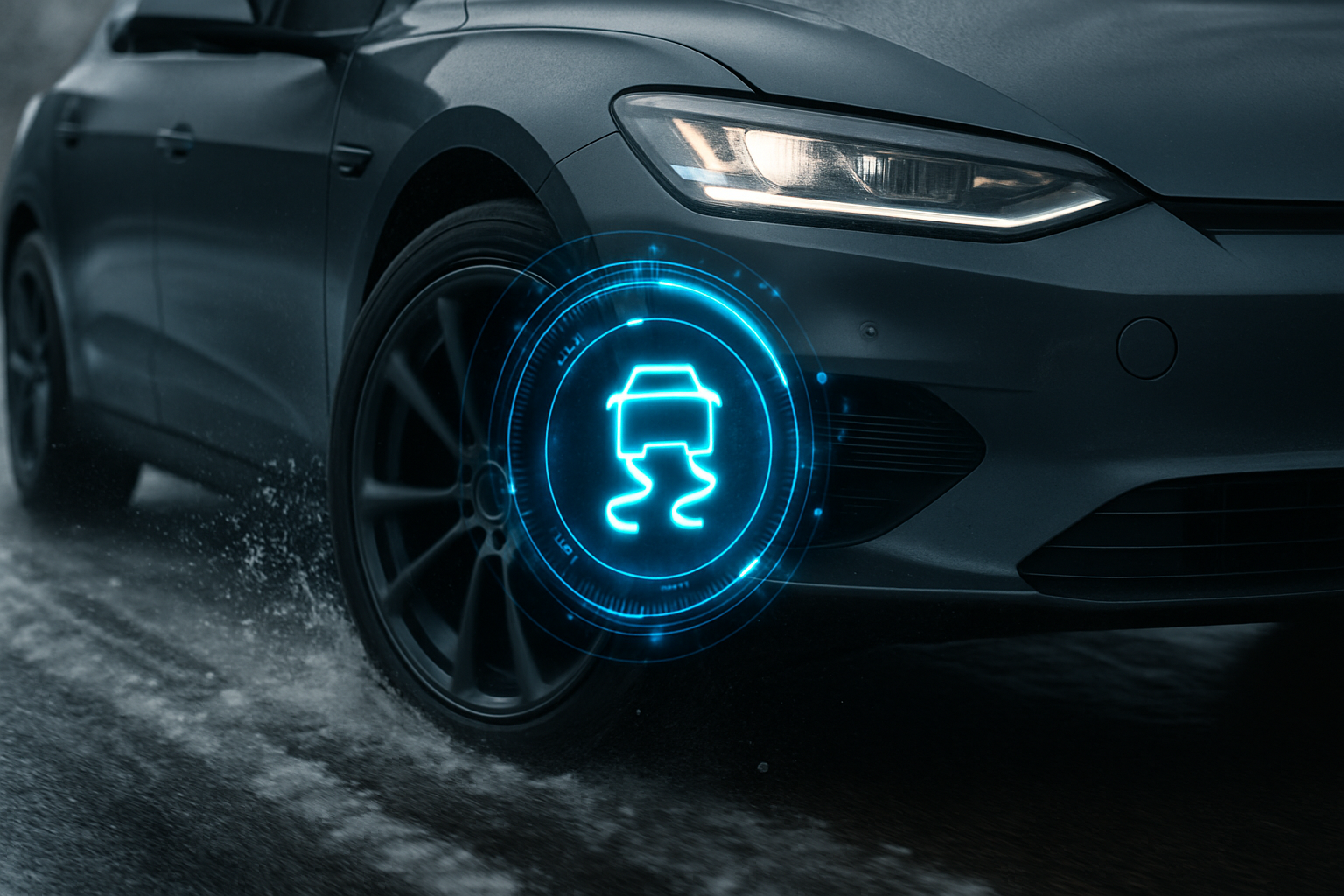Everything You Need to Know About LED Lights for Cars
LED lighting technology has revolutionized automotive illumination, offering drivers enhanced visibility, energy efficiency, and modern styling. Whether you're considering an upgrade from traditional bulbs or simply want to understand what makes LED car lights a popular choice, this comprehensive guide covers the essential information about LED automotive lighting, from technical advantages to practical installation considerations.

Modern vehicles increasingly feature LED lighting systems, and for good reason. Light Emitting Diode technology offers numerous practical benefits over conventional lighting options, making it an attractive upgrade for many vehicle owners. Understanding the fundamentals of LED car lights helps you make informed decisions about your vehicle’s lighting needs.
The Advantages of Installing LED Lights in Your Vehicle
LED lights provide several compelling benefits that explain their growing popularity in automotive applications. These lights consume significantly less power than traditional bulbs, reducing strain on your vehicle’s electrical system and potentially improving fuel efficiency. They produce brighter, whiter light that more closely resembles natural daylight, which can enhance visibility during nighttime driving and adverse weather conditions.
Durability represents another key advantage. LED bulbs typically last 25,000 to 50,000 hours compared to 1,000 hours for halogen bulbs, meaning fewer replacements over your vehicle’s lifetime. They also generate less heat, reducing the risk of damage to surrounding components. The instant-on capability of LEDs provides immediate full brightness without warm-up time, which can be particularly important for brake lights and turn signals.
How to Choose LED Lights for Your Car
Selecting appropriate LED lights requires consideration of several factors. First, verify compatibility with your vehicle’s make, model, and year, as different vehicles have varying bulb sizes and electrical requirements. Check whether your vehicle has a Controller Area Network (CAN bus) system, which may require error-free LED bulbs to prevent dashboard warning lights.
Color temperature, measured in Kelvin, affects both appearance and visibility. Most automotive LEDs range from 5,000K to 6,500K, producing a bright white light. Lower temperatures create warmer, yellowish light, while higher temperatures appear bluer. Consider the lumens rating, which indicates brightness output. Higher lumens don’t always mean better performance, as beam pattern and focus matter equally for effective illumination.
Look for LEDs with proper heat dissipation systems, such as built-in fans or heat sinks, to ensure longevity. Quality certifications and positive reviews from verified purchasers can help identify reliable products.
LED Lights vs. Halogen and Xenon: What’s the Difference?
Understanding the distinctions between lighting technologies helps clarify why LEDs have gained prominence. Halogen bulbs, the traditional automotive standard, use a tungsten filament heated to produce light. They’re inexpensive and widely compatible but consume more power, generate substantial heat, and have shorter lifespans.
Xenon or High-Intensity Discharge (HID) lights produce light through an electric arc between electrodes in a gas-filled chamber. They’re brighter than halogens and more efficient, but require ballasts, take time to reach full brightness, and can be more expensive to replace. Some drivers find their bluish tint less appealing than LED’s neutral white light.
LEDs offer the efficiency of xenon with instant illumination, compact size, and exceptional longevity. They provide design flexibility, allowing manufacturers to create distinctive lighting signatures. However, quality LED systems may have higher upfront costs than basic halogen replacements, though long-term savings often offset initial investment.
LED Car Lights: Pricing and How to Find Good Deals
Understanding the cost landscape helps set realistic expectations when shopping for LED car lights. Prices vary considerably based on bulb type, quality, brand reputation, and specific vehicle requirements. Basic LED replacement bulbs for interior lights or license plate illumination may start around $10 to $30 per pair, while headlight conversion kits typically range from $50 to $200 or more.
Premium brands with advanced features, superior heat management, and comprehensive warranties command higher prices but often deliver better performance and reliability. Complete LED lighting packages for multiple vehicle positions can exceed $300. Professional installation, if required, adds to the total investment.
| Product Type | Typical Price Range | Key Considerations |
|---|---|---|
| Interior LED Bulbs | $10 - $40 per set | Basic replacement, various colors available |
| License Plate LEDs | $8 - $25 per pair | Simple installation, error-free options |
| LED Headlight Bulbs | $50 - $150 per pair | Requires proper beam pattern, heat management |
| LED Fog Light Bulbs | $30 - $100 per pair | Weather resistance, brightness levels |
| LED Turn Signal Bulbs | $15 - $50 per pair | May require load resistors |
| Complete Conversion Kits | $150 - $400+ | Multiple positions, professional installation recommended |
Prices, rates, or cost estimates mentioned in this article are based on the latest available information but may change over time. Independent research is advised before making financial decisions.
To find competitive pricing, compare offerings from reputable automotive retailers, both online and in local stores. Watch for seasonal sales events, manufacturer promotions, and bundle deals that can reduce overall costs. Reading customer reviews and researching product performance helps ensure value for your investment.
Installation Tips and Maintenance for LED Car Lights
Proper installation ensures optimal performance and longevity of your LED lights. Before beginning, consult your vehicle’s owner manual and the LED product instructions. Disconnect the battery to prevent electrical issues during installation. Many LED replacements are plug-and-play, requiring only removal of the old bulb and insertion of the new one.
For headlight conversions, ensure adequate space behind the housing for LED drivers and cooling systems. Some installations may require minor modifications or additional components like load resistors for turn signals to prevent hyper-flashing. If you’re uncomfortable with electrical work, professional installation by a qualified technician ensures proper function and avoids potential warranty issues.
Maintenance requirements for LED lights are minimal compared to traditional bulbs. Periodically check that all lights function correctly and clean lenses to maintain optimal light output. Inspect connections for corrosion or looseness, especially in areas exposed to moisture. Quality LED systems should provide years of trouble-free operation with minimal intervention.
Understanding LED Lighting Technology and Future Developments
LED technology continues evolving, with manufacturers developing more efficient, brighter, and versatile automotive lighting solutions. Adaptive LED systems that adjust beam patterns based on driving conditions and traffic are becoming more common. Matrix LED technology allows selective dimming of individual LED elements to avoid blinding oncoming drivers while maintaining maximum illumination elsewhere.
As LED technology advances and production costs decrease, these lights are becoming standard equipment on more vehicles across all price ranges. Understanding current LED capabilities and emerging innovations helps you appreciate the technology’s potential and make informed choices about upgrading your vehicle’s lighting system now or in the future.




